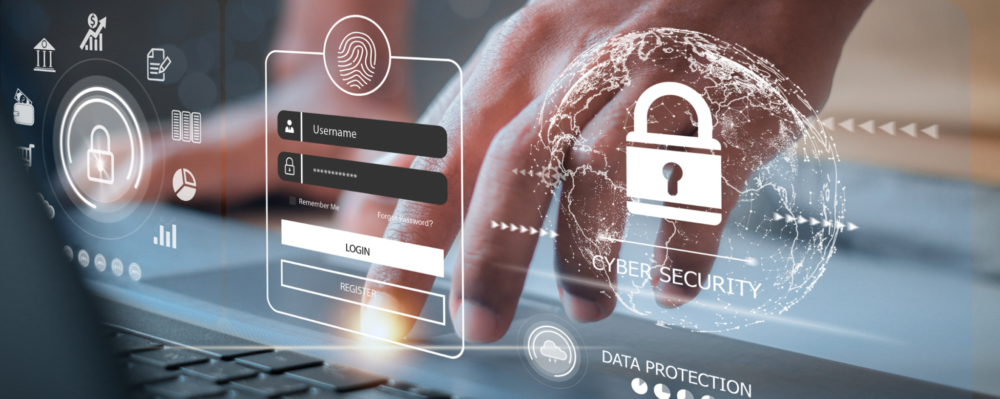As we continue to rely more and more on technology, malicious actors also continually seek vulnerabilities to exploit. The principle of least privilege is a fundamental security concept that involves restricting access rights to what is strictly necessary for individuals or processes to perform their legitimate tasks. By limiting privileges to the bare minimum, this principle mitigates the risk of data breaches or system compromises.
Let’s dive more into this principle, including some example scenarios, benefits, and challenges.
What Is the Least Privilege Cybersecurity Principle?
The least privilege cybersecurity principle states that users should have the minimum permissions or access necessary to perform their jobs. When referring to people, this principle entails enforcing a marginal level of user rights, or the lowest clearance level, that will let the user do their job. However, the least privilege policy can also apply to systems, applications, processes, and devices since they should only have access to permissions necessary to perform their tasks.
Consider a manufacturing facility with a sensitive research and development (R&D) area. Under the principle of least privilege, only personnel directly involved in R&D activities should have access to that restricted area. Other employees, such as those in sales, marketing, or administrative roles, would not have access to the R&D area, as their job functions do not require it. This also minimizes the risk of unauthorized access, intellectual property theft, or sabotage.
Example Scenarios: Office Building Access
Employees and Their Access Levels
In an office building, different employees will have varying levels of access based on their roles and responsibilities. The least privilege principle ensures employees can only access the levels necessary to do their jobs.
Receptionist Role: Limited Access
Receptionists, who greet visitors and handle general inquiries, typically have limited access privileges. They may access common areas, such as the lobby and meeting rooms. However, access to other parts of the building, like offices or server rooms, would be restricted.
Manager Role: Moderate Access
Managers responsible for overseeing teams and operations may also have moderate access privileges. They may have access to their respective department’s offices, conference rooms, and possibly certain shared resources like printers or file servers relevant to their team’s work.
Security Guard: Full Access
Security guards tasked with monitoring the premises and ensuring the safety of individuals and assets may have full access privileges throughout the building. This allows them to patrol and respond to incidents in any area as needed, including restricted zones.
Benefits of Least Privilege Access
Enhanced Security
Some of the biggest security leaks in history have been due to internal actors with access to systems they did not need for their jobs. The best example is Edward Snowden, who had elevated privileges that allowed him to leak sensitive NSA files.
Least privilege access limits the number of people who can access sensitive data, decreasing the chance of a leak and boosting security. As a bonus, if there is a leak, it will be easy to tell where it came from since a limited number of users can access those systems.
Reduced Risk of Unauthorized Access
Least privilege access also limits the number of individuals or processes with elevated privileges. With fewer users or systems having unnecessary access rights, the chances of accidental or malicious misuse of those privileges are significantly reduced. This minimizes potential data breaches, system tampering, or other security incidents.
Improved Accountability and Oversight
Least privilege access promotes better accountability and oversight within an organization. Clearly defining and limiting access rights based on roles and responsibilities makes monitoring and tracking user activities easier. Audit trails and logs can provide valuable insights into who accessed what resources and when enabling organizations to identify potential misuse or suspicious behavior more effectively.
Challenges and Solutions
Potential Resistance From Employees
When it comes to the least privilege principle, the biggest challenge is usually potential resistance from employees. This resistance can stem from a lack of understanding of the security benefits or a desire for broader access privileges.
Importance of Training and Communication
Effective training and communication are also essential for the successful implementation of least privilege. Employees must understand the principle of least privilege, its significance, and how to comply with access policies and procedures.
Tools and Technologies for Implementation
Below are some tools and technologies that should help with the implementation of the least privilege principle:
-
Password management tools can help to generate unique passwords for each account, reducing the risk of data breaches.
-
Privileged identity management (PIM) tools are designed to manage and control accounts with elevated rights.
-
Multi-factor authentication (MFA) adds an extra security layer to prevent unauthorized access, especially when a password has been compromised.
Key Takeaway
Least privilege is a fundamental security concept that limits access rights to only what is strictly necessary for individuals or processes, reducing the potential attack surface and mitigating risks. Embracing least privilege is crucial in today’s threat-laden digital landscape, as it enhances overall data security and protects sensitive information. Although implementation can be challenging, adopting this principle simplifies security practices by establishing a robust access control foundation, promoting accountability, and aligning with separation of duties principles.
Let Trava Help With Your Cybersecurity Needs
At Trava, we specialize in implementing and enforcing the least privilege principle across your organization, ensuring that users and processes have only the minimal permissions required to perform their legitimate tasks. Contact us today to talk to one of our cybersecurity experts and take the first step toward a more secure environment.


